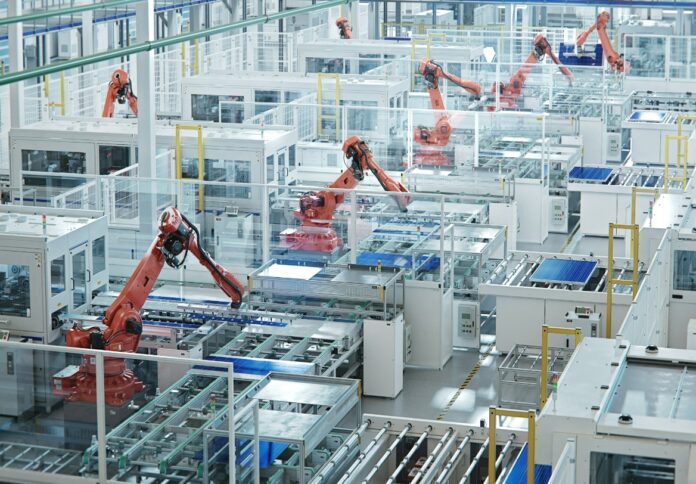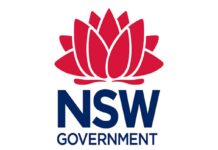
Australia’s manufacturing sector gained momentum in July, marking its strongest performance in three months, according to the latest S&P Global Australia Manufacturing Purchasing Manager’s Index (PMI) report.
The seasonally adjusted PMI rose to 51.3 in July from 50.6 in June, remaining above the neutral 50.0 threshold for the seventh consecutive month and signalling continued improvement in operating conditions.
The latest reading reflected the fastest pace of expansion since April and was driven primarily by renewed output growth and a rise in new domestic orders, S&P Global said in a news release.
“New orders and output both returned to growth, while the Future Output Index climbed to the highest level in over three years to suggest that firms were more confident regarding growth in production in the coming months,” said Jingyi Pan, Economics associate director at S&P Global Market Intelligence.
Domestic demand was the key growth driver, as new export orders declined again in July. Survey respondents attributed the rise in production to increased orders linked to business expansions and restocking efforts by clients.
S&P Global reported that despite the improved outlook, manufacturers remained cautious with their purchasing activity due to already sufficient inventory levels.
Hiring activity continued for the fifth consecutive month, with firms adding staff to support operations and clear outstanding orders. This trend also helped ease backlogs, with expanded workforce capacity proving effective.
“Job creation sustained in July, extending the longest streak of employment growth seen since 2023,” Pan noted. “It would be encouraging to see further improvements in demand driving a renewed rise in purchasing activity and holdings of input stocks, however.”
Business sentiment improved significantly, reaching its highest level since April 2022. This rise in optimism was attributed to growth in new orders and hopes for better economic conditions and stronger business development in the year ahead.
While input cost inflation eased to an eight-month low, manufacturers increased their selling prices at a quicker pace in July.
According to S&P Global, the rate of output price inflation remained subdued compared to its historical average, but the uptick suggested firms were passing on more of their costs to customers.
“On prices, the easing of input cost inflation coupled with a faster rise in average selling prices bodes well for Australian goods producers’ margins at the start of the second half of the year,” Pan added. “Rates of inflation were also below their long-run averages to support further growth in demand in the near-term.”
Meanwhile, supply chain constraints lingered, with firms reporting delivery delays and shortages. However, the extent of vendor performance deterioration moderated from June.
Post-production inventories rose for the first time in three months due to increased output, even as input stocks declined. Firms appeared focused on aligning input purchases with production needs, keeping procurement activity restrained.
According to S&P Global, the data were collected from 10 to 25 July 2025.
For further insights, the full report is available on S&P Global Market Intelligence’s website.


















